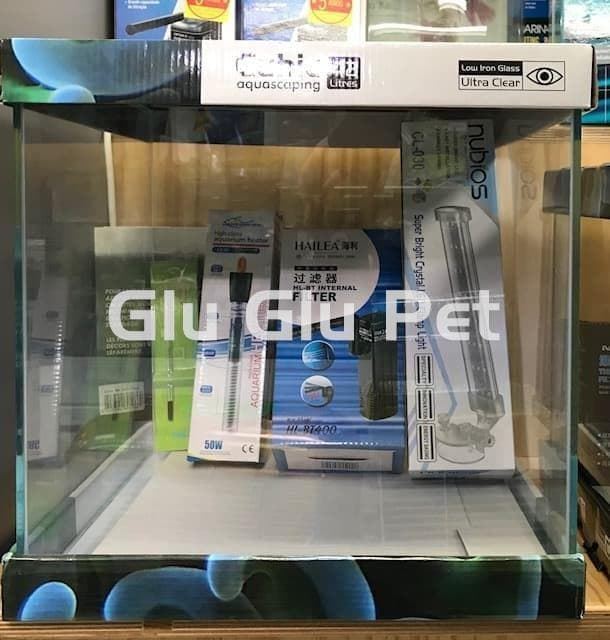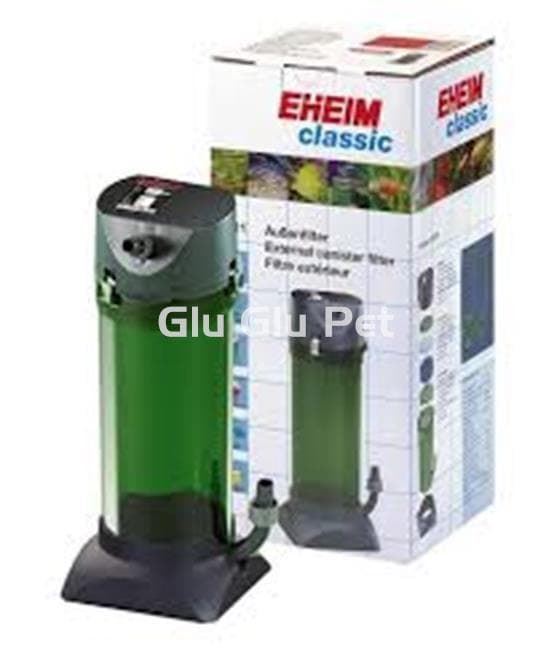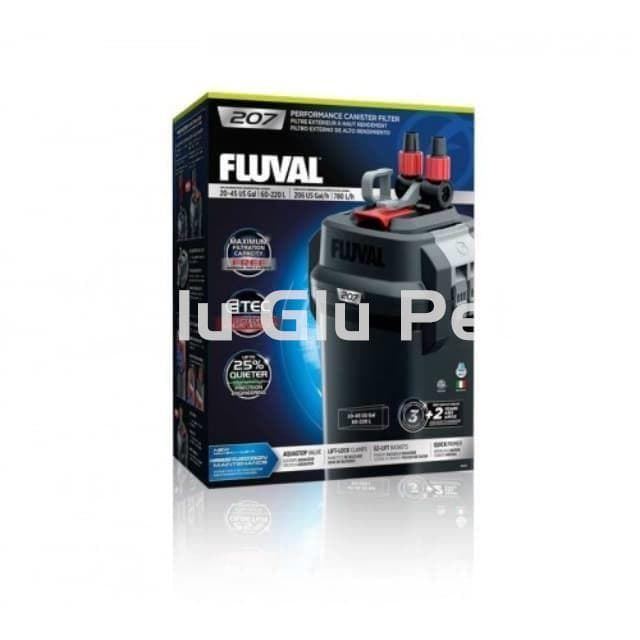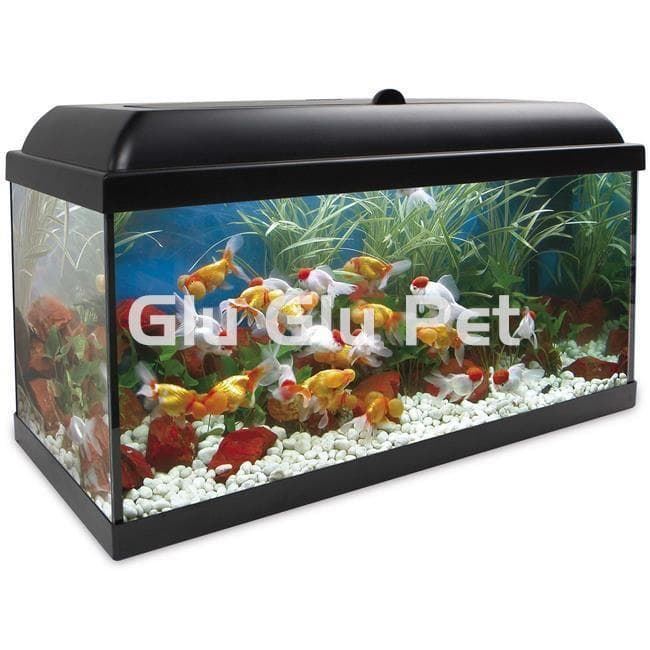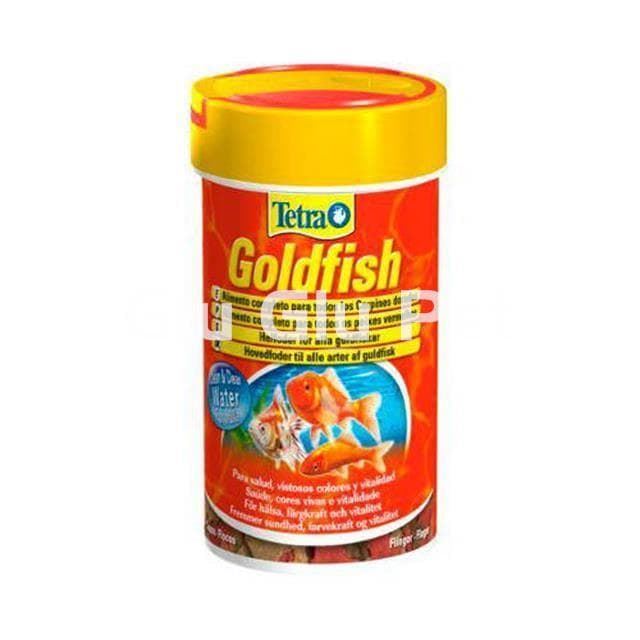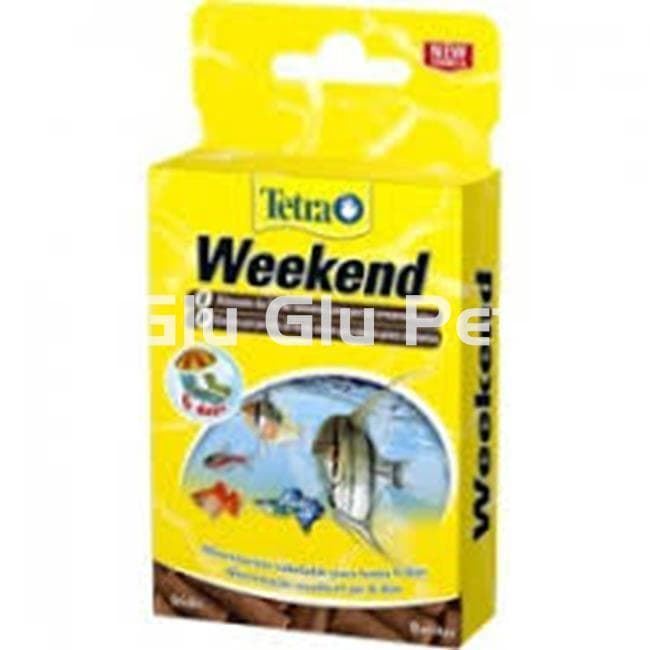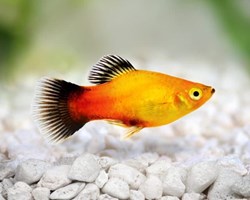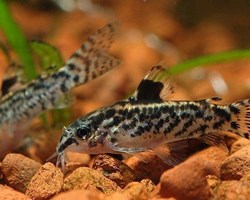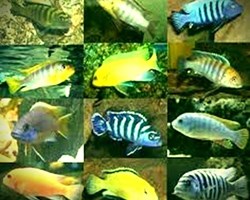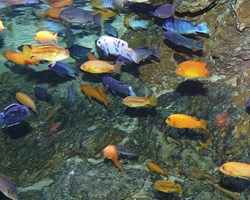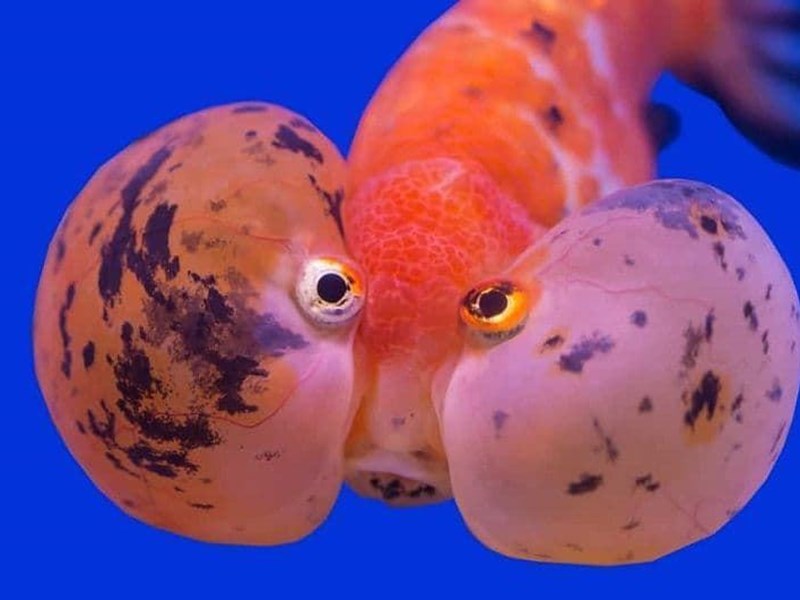
Bubble fish or bubble eye fish are nothing more than a variety of goldfish, with a unique appearance, therefore they are fish of the cold water family of cyprinids.
Their average life expectancy is 10 to 15 years, although there are known varieties that have managed to survive up to 20 years, when the tanks are kept in perfect condition.
It is not recommended for a beginner, without time for the maintenance of their habitat or for community aquariums.
Its approximate value is €5, but this fish has many varieties, in colors, sizes and shapes, some can even reach prices of €30.
Among the most outstanding characteristics of bubble-eyed fish, we can mention the large sacs or vesicles that fill with liquid, these are located under their eyes and develop between 6 and 9 months of age.
Its size depends on the variety, but on average its growth range is between 5 cm to 12 cm, in golden colors, orange with white, gray, blue, among others.
Perhaps one of its biggest morphological disadvantages is the lack of a dorsal fin on its upper back, making it a poor swimmer.
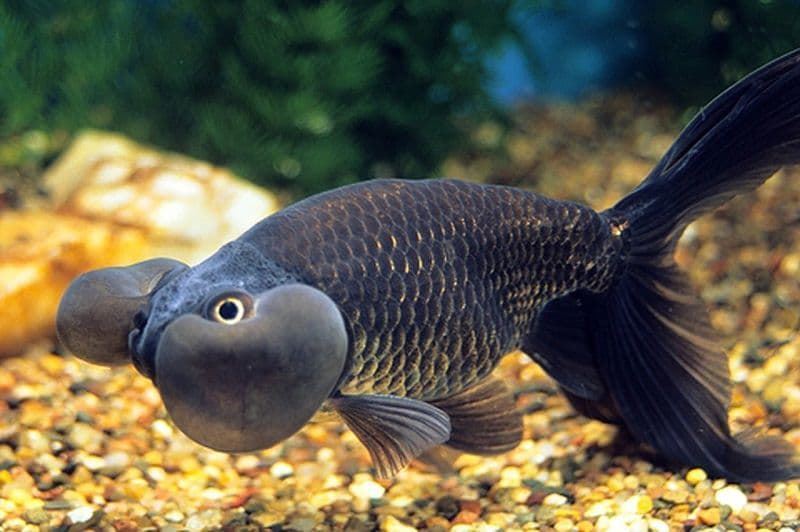
DISTRIBUTION AND HABITAT:
They are native to China and their perfect habitat is stagnant waters with very few water currents such as slow rivers, small lakes or ponds of water, so they can feed on different types of plants or small insects.
AQUARIUM CARE:
Just as they are very beautiful and original, they are also very delicate, partial changes of the aquarium water should be made every 7 days to keep them healthy, and the minimum that the aquarium should have is 40 liters.
It is recommended to change 25-30% of the water weekly, adding a good aquarium conditioner to reduce algae and any remaining heavy metals.
To create the perfect environment for the bubble eye fish, you need to follow these guidelines:
- The ideal type of substrate is one that is not harmful to its bubbles.
- Lighting should be moderate.
- 10 or 20 degrees of temperature will be enough.
- pH between 6 to 8.
- GH water hardness from 12 to 18.
- Salinity below 10%
- Few streams.
If this is your first bubbleeye fish, ideally start with a 20-30 gallon tank, and for every fish you add should add 10 gallons to the tank.
This will help with the maintenance and cleaning of the aquarium, diluting the amount of waste and keeping it cleaner.
The more surface you can offer bubble eye fish the better, they consume much more oxygen than other fish, rectangular tanks are usually much more efficient.
In any case, you can always add an oxygenator.
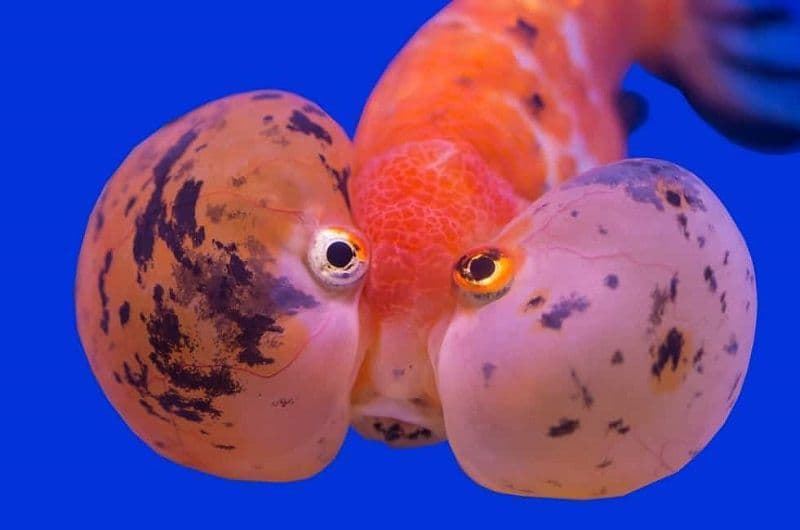
BUBBLE EYE FISH NUTRITION:
The bubble fish is considered an omnivorous animal, therefore it can eat any type of food, be it fresh, frozen or in scale.
The ideal for a healthy diet is to include brine shrimp, bloodworms or Daphnia in your diet.
You can give flake food, pellet food, live food occasionally, as well as vegetable food.
It should be fed several times a day,

BEHAVIOR AND COMPATIBILITY:
The bubble-eyed fish is quite calm, in a fish tank it does not usually have much activity, and in a state of wild life it usually gets carried away by the current.
Usually due to the rounded shape of its body, the size of the vesicles and the absence of a dorsal fin that stabilizes it.
As adults, their swimming is affected by a disease that slows them down much more.
This fish has no problems socializing and living with other species, however, you should consider the following points:
- They are excellent for living with their own species, with a group of at least 6 being ideal.
- Any type of fish that is calm can be a good companion, avoid those that are aggressive or plants.
- Crabs are also good companions in the fish tank and are not a threat.
Fish compatible with bubble eye fish without restrictions:
- Apple Snail.
- Female betta fish.
- Molly fish.
- Otocinclo.
- Tetra Neon.
- Telescope.
- Tiger Barb.
- Goldfish.
- Botia Clown.
- Corydoras.
- Guppies.
- Zebra fish.
Fish compatible with restrictions:
- Harlequin fish.
- Pearl Gourami.
- drunk.
- Killi.
- Nun fish.
- Cherry barb.
- Boraras Brigittae.
- Chinese neon.
- drunk.
- Discus fish.
REPRODUCTION OF BUBBLE-EYED FISH:
Breeding bubble eye fish is not difficult, you just need to have the right conditions for their reproduction.
You need at least five fish, but just to get started, witch-eyes are very social and the larger the group the easier it will be to reproduce.
The ideal time to prepare the aquarium and create the closest environment to its natural habitat is in the spring, where you must ensure:
- The aquarium needs to have a minimum of 76 liters of water.
- All fish must be very healthy, as parasites and disease can be a disrupting factor.
- It is recommended to separate the females from the males to increase interest, just one week before mating.
- In relation to the aquarium, you need to create an environment with many stones or any solid surface so that they can adhere their eggs, in addition to adding bushy plants such as anacharis or any artificial plant for spawning.
- To promote spawning, the temperature needs to be slowly reduced by about 2 degrees per day to 11 degrees.
- Good feeding such as live shrimp should be encouraged, with about three times a day it will be enough to not overfeed and dirty the tank.
- Under these conditions, the male begins to chase the female for several days, intensifying the color of his body so that the female is stimulated and interested in laying eggs.
- It should be noted that spawning usually lasts between two or three hours and there is an approximate production of 10,000 eggs.
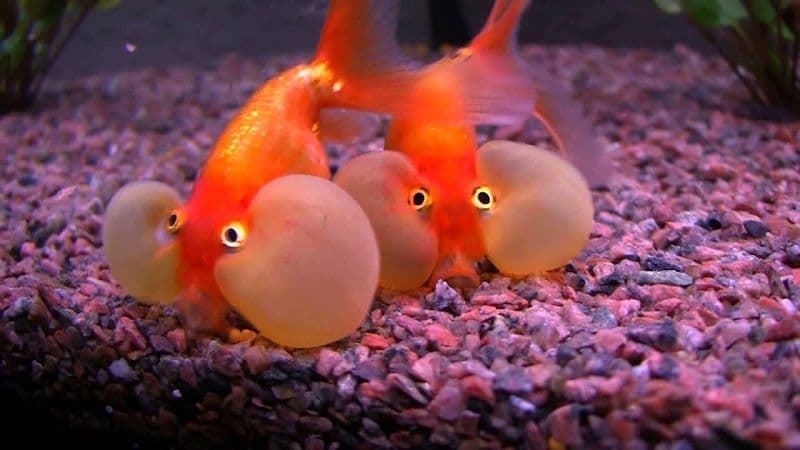
TIPS FOR THE BUBBLE-EYED FISH:
The Japanese bubble eye fish does not require extremely special care, you just have to be very aware of the state of the aquarium, since they are very sensitive to variations in the quality of the water.
If you follow this rule and also provide a balanced diet, your bubble fish will live for many years.
Other articles that might interest you:
- Common goldfish is a popular pet because of its attractive color and how simple its care is, it will allow the animal to live for many years.
- Goldfish, the best known cold water red fish in the world.
- Red lionhead fish, one of the most popular varieties of glodfish.
- Telescope fish or Ojones fish, because of its bulging eyes.
- Subunkin, red fish or comet fish.
Important products for your care:
- BLAU KIT CUBIC 42.
- HAGEN NANO AQUARIUM FLUVAL FLORA 30L.
- 100L aqualed aquarium kit with Optimus filter (ICA).
- External or glass filters.
- TETRA GOLDFISH.
- TETRA weekend.
